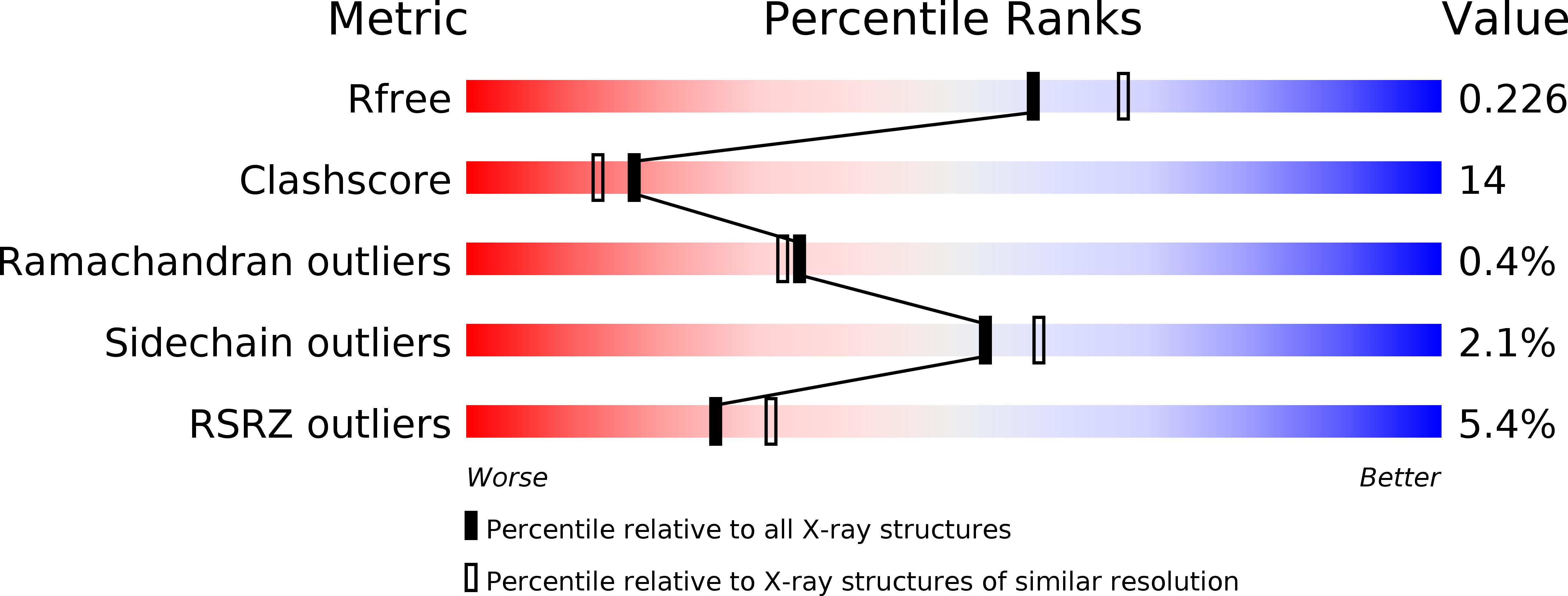
Deposition Date
2020-01-28
Release Date
2020-02-26
Last Version Date
2024-01-24
Entry Detail
PDB ID:
6XXY
Keywords:
Title:
Crystal structure of Haemophilus influenzae 3-isopropylmalate dehydrogenase in complex with O-isobutenyl oxalylhydroxamate.
Biological Source:
Source Organism:
Host Organism:
Method Details:
Experimental Method:
Resolution:
2.09 Å
R-Value Free:
0.22
R-Value Work:
0.18
R-Value Observed:
0.18
Space Group:
P 63


